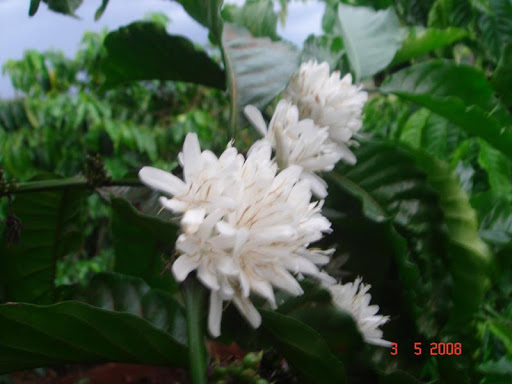 Prices of Vietnamese robusta beans on the domestic market jumped to 41.9 million dong ($2,014) a tonne on Wednesday, surpassing an all-time high reached the previous day.
Prices of Vietnamese robusta beans on the domestic market jumped to 41.9 million dong ($2,014) a tonne on Wednesday, surpassing an all-time high reached the previous day.
The new record in dong terms was up from 41.3 million dong on Tuesday, a price that had prompted some Vietnamese farmers to slow sales, which in turn helped push London futures market prices through a 2-1/2-year barrier.
"Farmers keep holding onto their beans as long as prices rise. The higher the price, the tighter the hold," a trader in Ho Chi Minh City said.
Rising prices not only encourage farmers in the Central Highlands coffee belt to hold back stocks, but also mean they can sell fewer beans and still have sufficient cash for expenses, traders said.
Farmers' moves to curb sales despite a harvest of 18.43 million bags -- twice the volume of robusta that rival Indonesia could pick based on ICO data -- continue to put global markets on edge, as demand by roasters and funds for robusta, and the price of the beans has been strengthening since late 2010.
"We are determined to keep coffee because prices are forecast to rise more due to a global deficit," a coffee farmer in the central highland province of Daklak told Reuters by telephone.
Daklak's data showed it produced 403,000 tonnes, or 6.72 million bags, of coffee in the harvest that ended in late December, up about 6 percent from the previous crop and which made up a third of Vietnam's total output .
The Daklak-based farmer said he picked nearly 4 tonnes of coffee from his farm, and was now holding on a stock of 3 tonnes firmly after having repaid part of the harvest to the coffee company which leases the land to him.
"I am not selling yet, and we do not really have to sell the fresh beans while we still have enough cash for the next production," he said.
Vietnam's onshore prices as of Wednesday have jumped 13 percent so far this year, after surging 56 percent in 2010.
The farmer was referring to the process between now and early May when growers need to water coffee trees in three or four phases, each lasting about 20 days, and also to feed them with fertiliser. The next harvest is due from late October.
In the past farmers had to sell coffee at this time of the year to get cash for fuel and fertiliser, but a higher price so far in the current 2010/2011 crop year has helped them avoid selling much, which has made it difficult for exporters to fill their loading need, traders said.
The coffee crop year in Vietnam, the world's second-largest producer after Brazil, lasts between October and September, starting with a four-month harvest.
(Source: http://www.coffeeasean.org/details.asp?Object=5&news_ID=17234659)

No comments:
Post a Comment